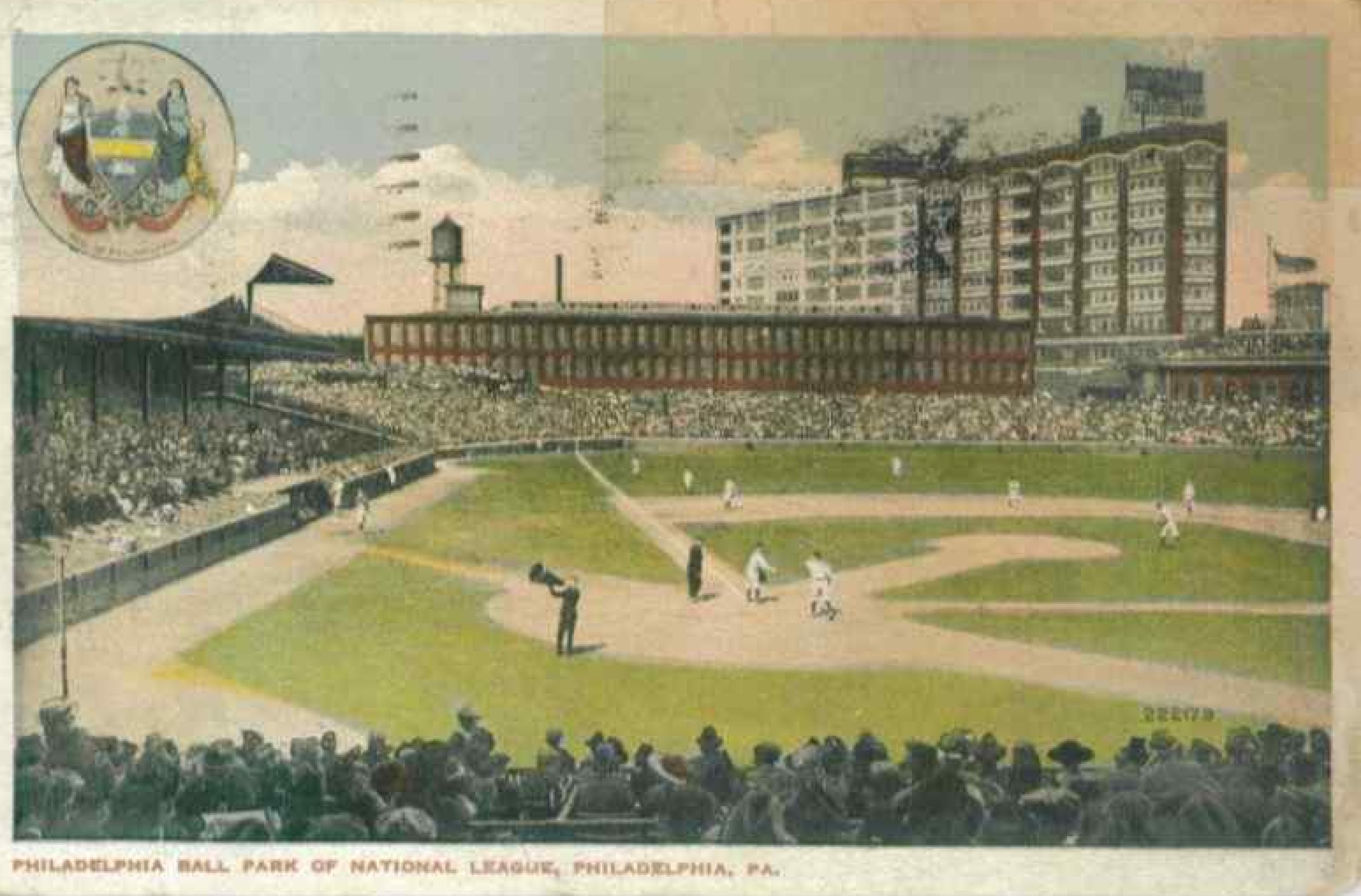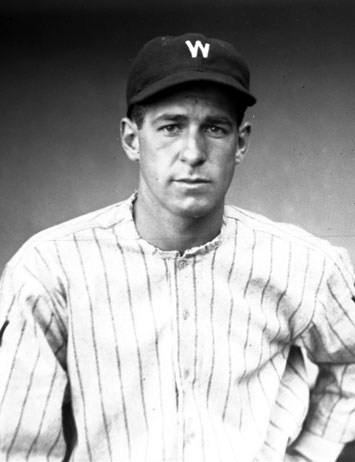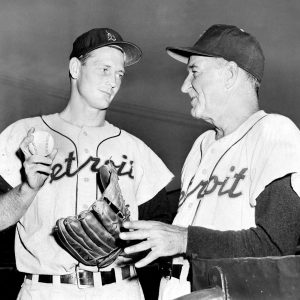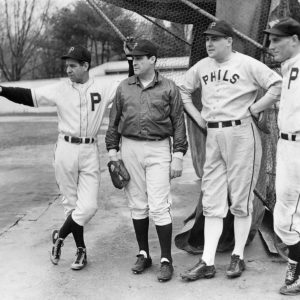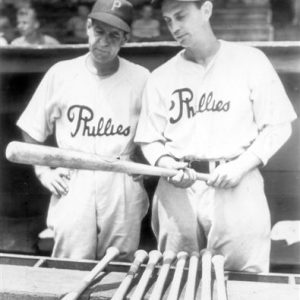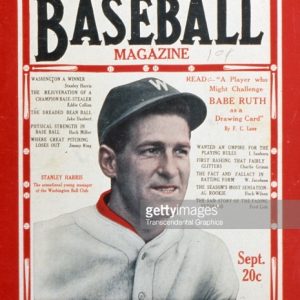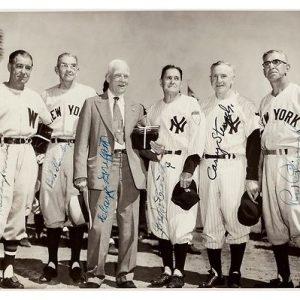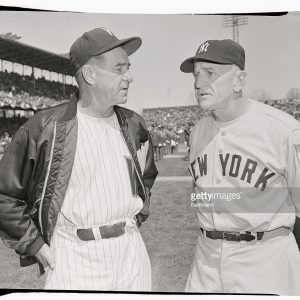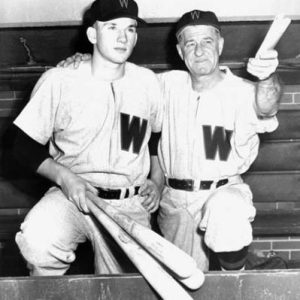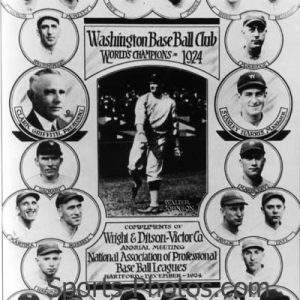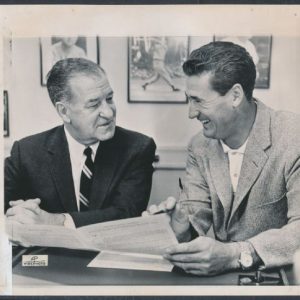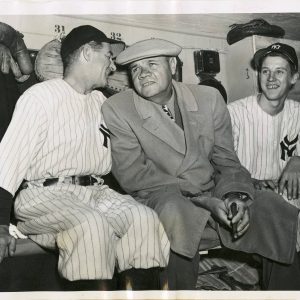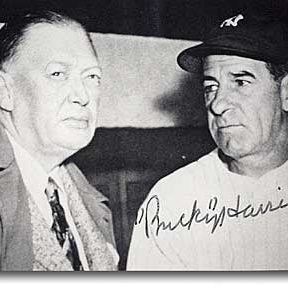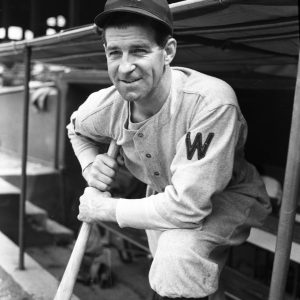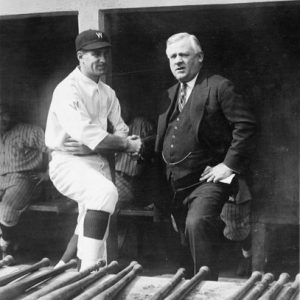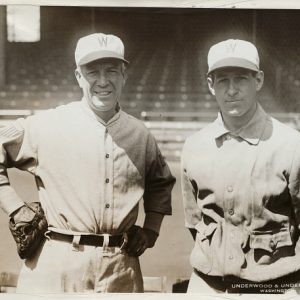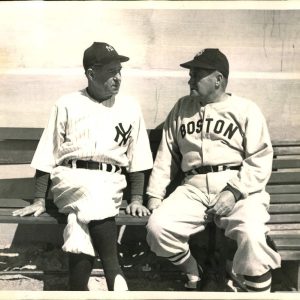Panoramic Photo Above:
Baker Bowl, Philadelphia, PA

Baseball History Comes Alive Now Ranked As a Top Five Website by Feedspot Among All Baseball History Websites and Blogs!
(Check out Feedspot's list of the Top 35 Baseball History websites and blogs)
Guest Submissions from Our Readers Always Welcome! Click for details
Visit the Baseball History Comes Alive Home Page
Subscribe to Baseball History Comes Alive
Free Bonus for Subscribing:
Gary’s Handy Dandy World Series Reference Guide
HOFer Bucky Harris Photo Gallery
Another Edition of Baseball’s Forgotten Stars!
Let’s Remeber HOFer Bucky Harris:
“Grandfather/Godfather/Inventor” of the Modern Relief Pitcher!
Vince Jankoski returns with another installmetn in his series on the evolution of relief pitchers. Today, he highlights the role that HOF manager “Boy Wonder” Bucky Harris played in the development of the modern relief pitcher, starting with his decisions in 1925 that led to a pennant and a World Series championship for the Washington Senators. I found what Vince has to tell us interesting…and I know you will too! -GL
STANLEY “BUCKY” HARRIS
There are only two things a manager needs to know: When to change pitchers and how to get along with your players.- Bucky Harris
Stanley “Bucky” Harris was, in a sense, Casey Stengel before there was Casey Stengel in that he won with good teams and lost with bad ones. Harris did, however, have one enduring talent – he had the ability to know when a pitcher would be more effective in relief than as a starter. For this, all relief pitchers owe him a debt of gratitude.
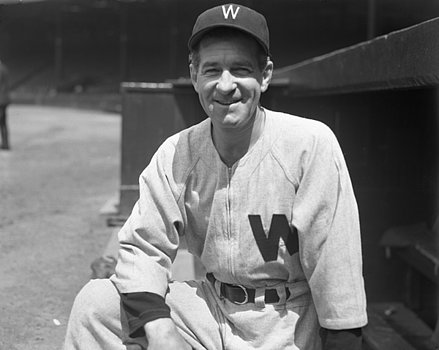
In 1924 at age 27, Harris was hired to manage the Washington Senators. He inherited a good but aging pitching staff. Walter Johnson was one of the all-time greats, but had not won 20 games since 1919 and was only five games over .500 during that span. He was 36 years old. George Mogridge was 35 and was also only five games over .500 in his previous three seasons. The rest of the staff (Tom Zachary, Joe Martina, Curley Ogden, Paul Zahniser) was passable.
Harris decided to keep his starters, especially Johnson and Mogridge, out of the bullpen – neither Johnson nor Mogridge would relieve in 1924. Instead, he handed the bullpen chores over to Firpo Marberry and Allen Russell. Marberry had pitched only 44 2/3 big league innings previously. Russell, who had actually led the AL in saves the previous season with nine, was a veteran used both as a starter and reliever throughout his career. Although Marberry was also used as a starter in 1924, he set a major league record with fifteen saves. Russell, throwing only in relief, added eight saves. Johnson responded to the reduced responsibilities with an MVP season, 23-7 with a league leading ERA of 2.72 and a league leading six shutouts. He also led the league in strikeouts for the twelfth time in his career. Mogridge also responded well, going 16-11 with an ERA of 3.76. Likewise, Zachary went from 10-16, 4.49 in 1923 to 15-9, 2.75 in 1924. Ogden had his only productive season. The Senators would win the pennant and defeat the New York Giants in the World Series.
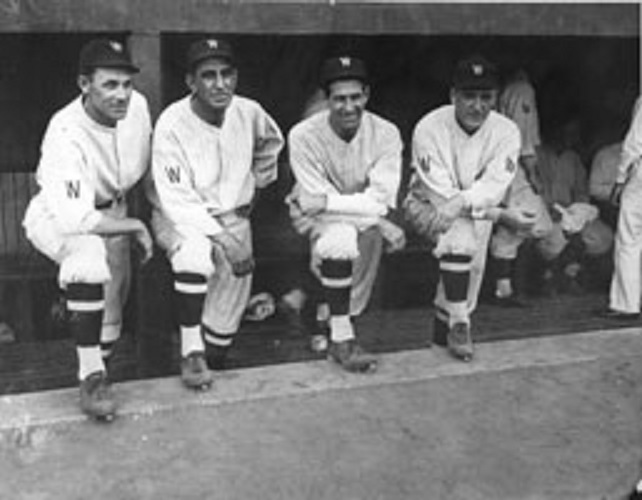
With more of the same for the following season, Johnson won twenty games for the final time. He pitched only once in relief during the regular season, although he relieved in Game Seven of the World Series. Recent addition Stan Coveleski also won twenty, hurling solely as a starter. Marberry broke his record for saves with sixteen. The Senators won the pennant again, but lost the Series to the Pirates.
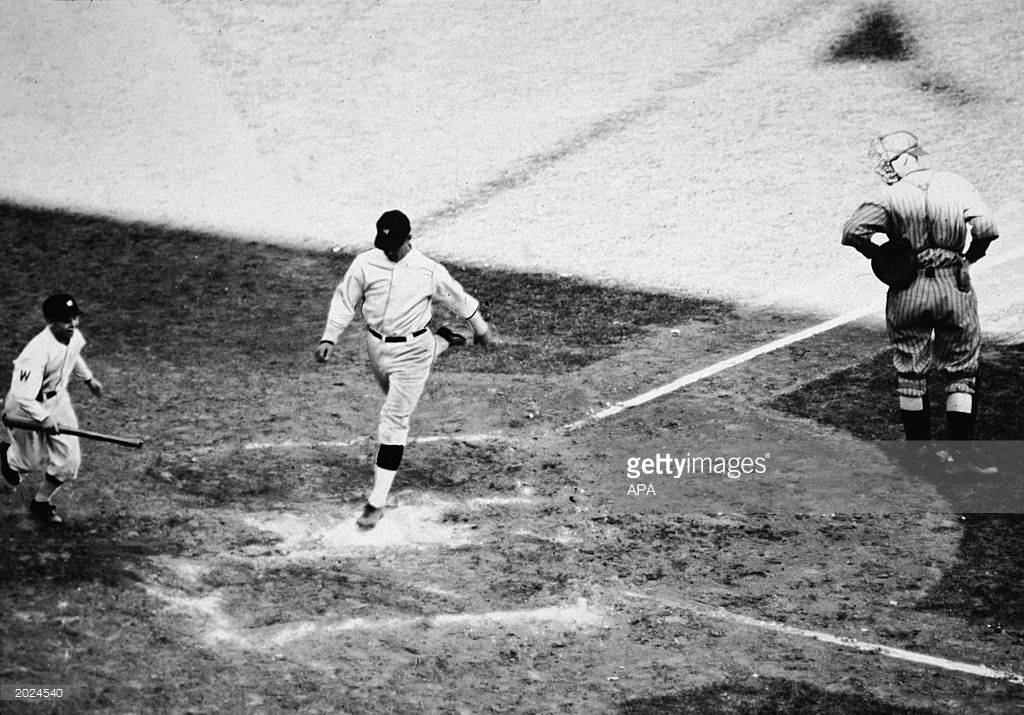
In 1947, after leaving Washington and with stops in Boston, Detroit, Philadelphia (with the Phillies) and Washington (a second time), Harris found himself managing the New York Yankees. Before World War II, the Yankees had a fine relief pitcher in Johnny Murphy, but after he returned from military duty in 1946 at age 37, Murphy’s career was at an end. Harris knew he needed somebody to work solely in the bullpen. So, he turned to sometime starter Joe Page and let him work almost completely as a reliever.
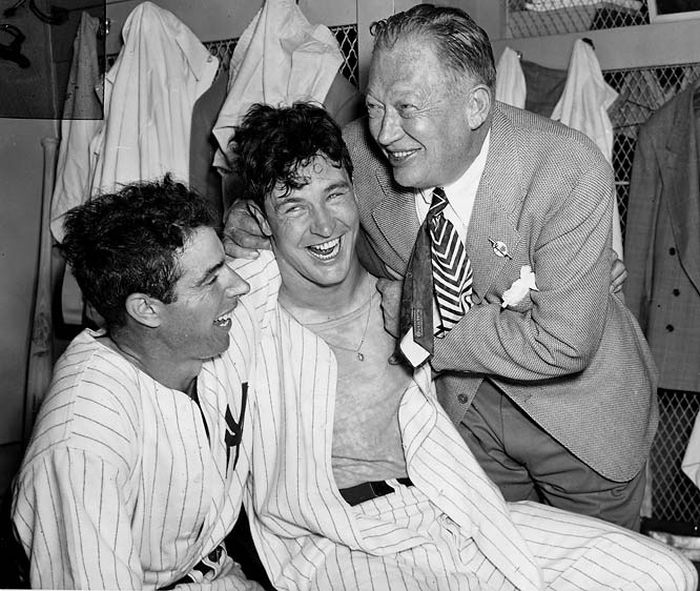
Page responded. He finished 14-8 with an ERA of 2.48 and a league leading 17 saves. He finished fourth in the MVP balloting, the highest pitcher on the list. He trailed only teammate Joe DiMaggio, who won by a single point over Ted Williams, and Lou Boudreau. He finished higher than Bob Feller. He had more first place votes than Williams. The Yankees won the pennant and World Series over Brooklyn.
Alas, Harris was not long for the Yankees. A third place finish in 1948, albeit only 2 ½ games behind and a won-loss percentage of .610, resulted in his firing. Page, however, found his place in the bullpen. He continued to shine. In 1949 he broke the MLB save record (22 set by Marberry in 1926) with twenty-seven and finished third in the MVP voting.
In 1950, Harris landed in Washington for his third tour of duty there. As an aside, winning a World Series in Washington is such a rare event that it generates an appreciation that guarantees a fella job security which may explain the current managerial situation in that city. Harris did not inherit a good team. Nonetheless, as Harris recognized, even mediocre teams need a guy out of the bullpen. He turned to starter Mickey Harris, no relation. Mickey was a below .500 pitcher for his career. In 1949 he went 2-12 with an ERA of 5.16 in nineteen starts and four relief appearances.
Working totally out of the bullpen in 1950, Mickey, already 33 years old, led the league in saves with fifteen. Neither he nor his manager would attain much success thereafter. Mickey would never start another game, finishing his career a few years later in Cleveland. Stanley ended his managerial career in Detroit in 1956. He never finished in the first division after his stint with the Yankees.
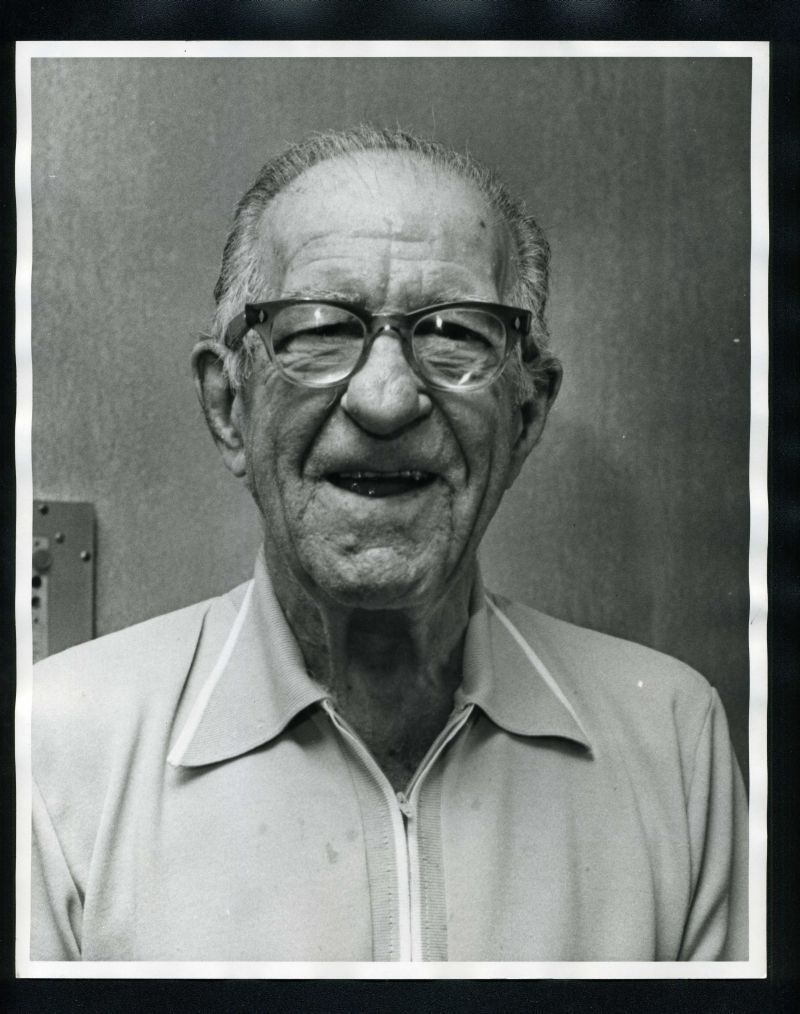
Soooooooooo, can we declare Bucky Harris the grandfather/godfather/inventor of relief pitchers? He certainly knew how to recognize which pitchers could be most effective in the pen, and he saw the effect of a relief pitcher would have on the rest of the staff. He proved that some guys belong in the bullpen and that success derives from finding those guys. Where would all the high paid relief pitchers of today be without him?
Stanley “Bucky” Harris died on his 81st birthday in 1977. He was survived by a son, also named Stanley, who became United States Attorney for the District of Columbia and later a federal judge. Stanley, Sr., is in the baseball Hall of Fame for his playing and managerial exploits. His role in the evolution of relief pitchers is, however, largely forgotten.
So today we’re glad to shine our baseball spotoight on a manager whose innovations contributed directly to the evolution of modern relief pitchers.
Vince Jankoski
Subscribe to Baseball History Comes Alive. FREE BONUS for subscribing: Gary’s Handy Dandy World Series Reference Guide. https://wp.me/P7a04E-2he
